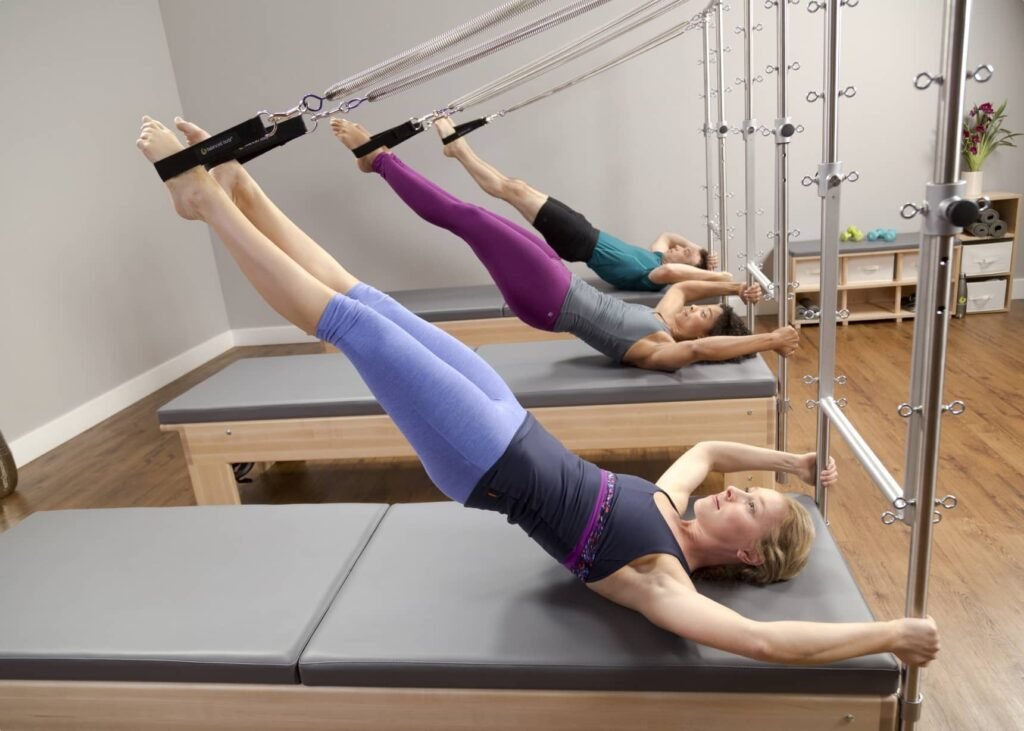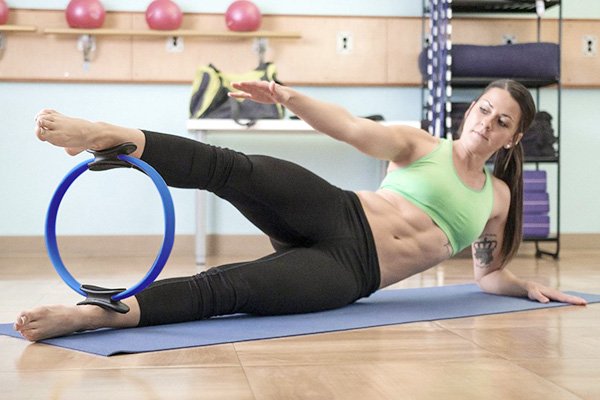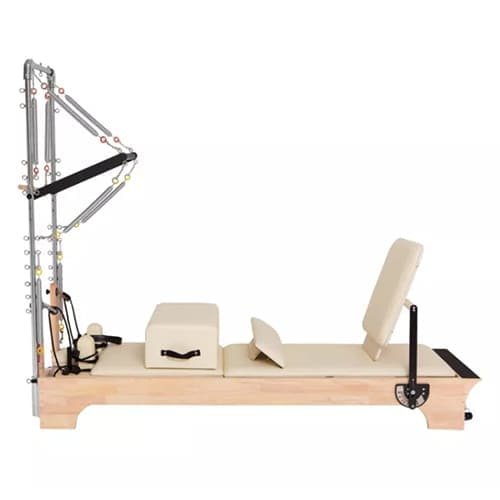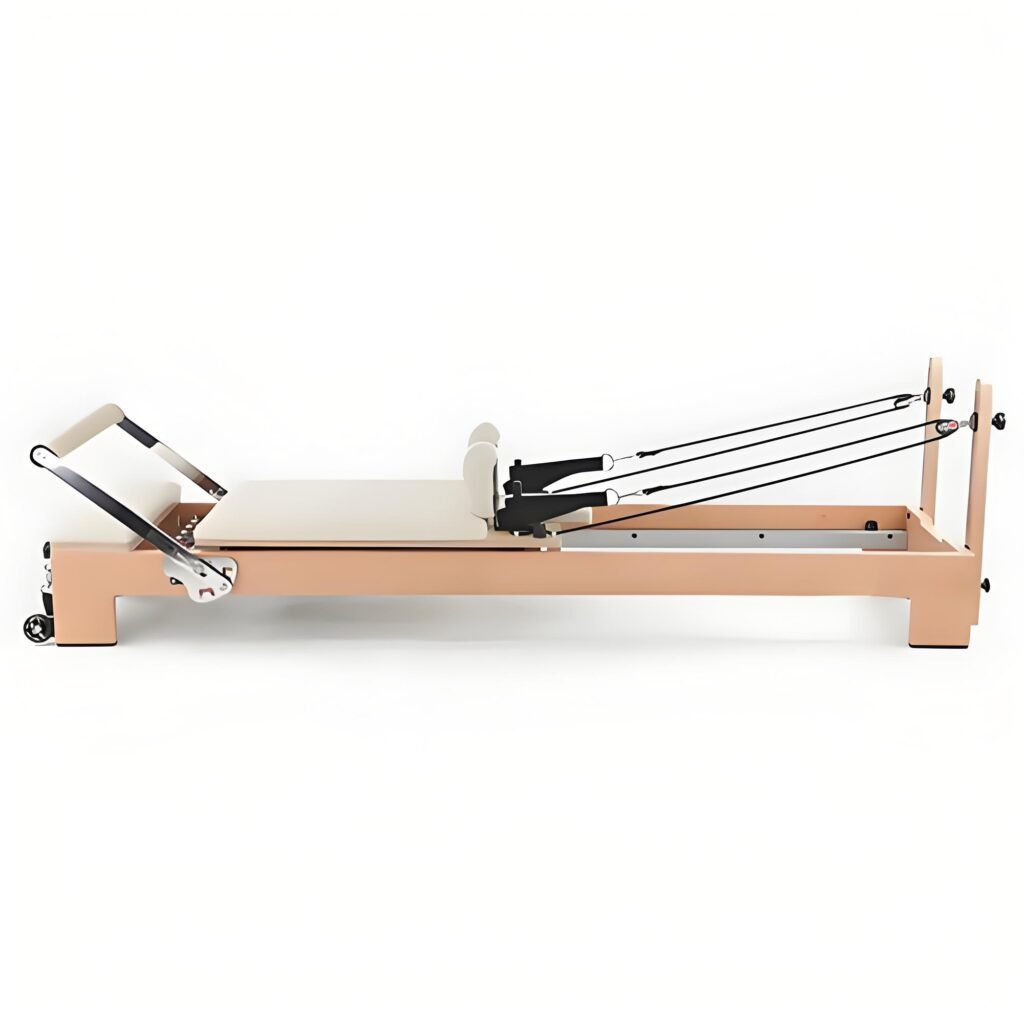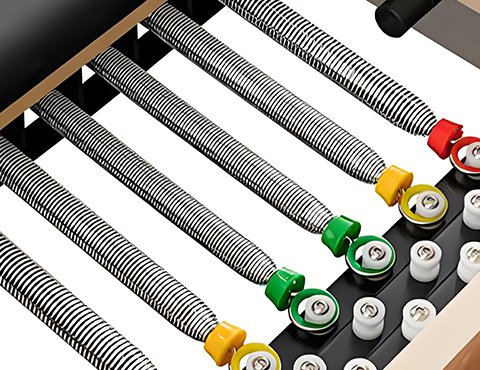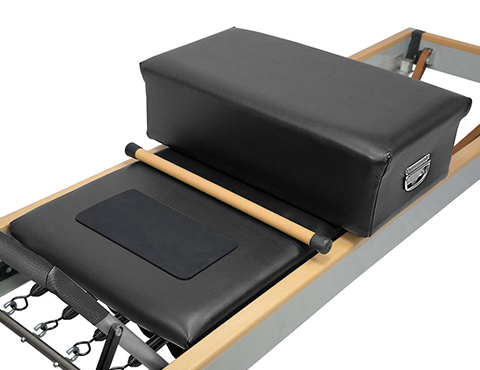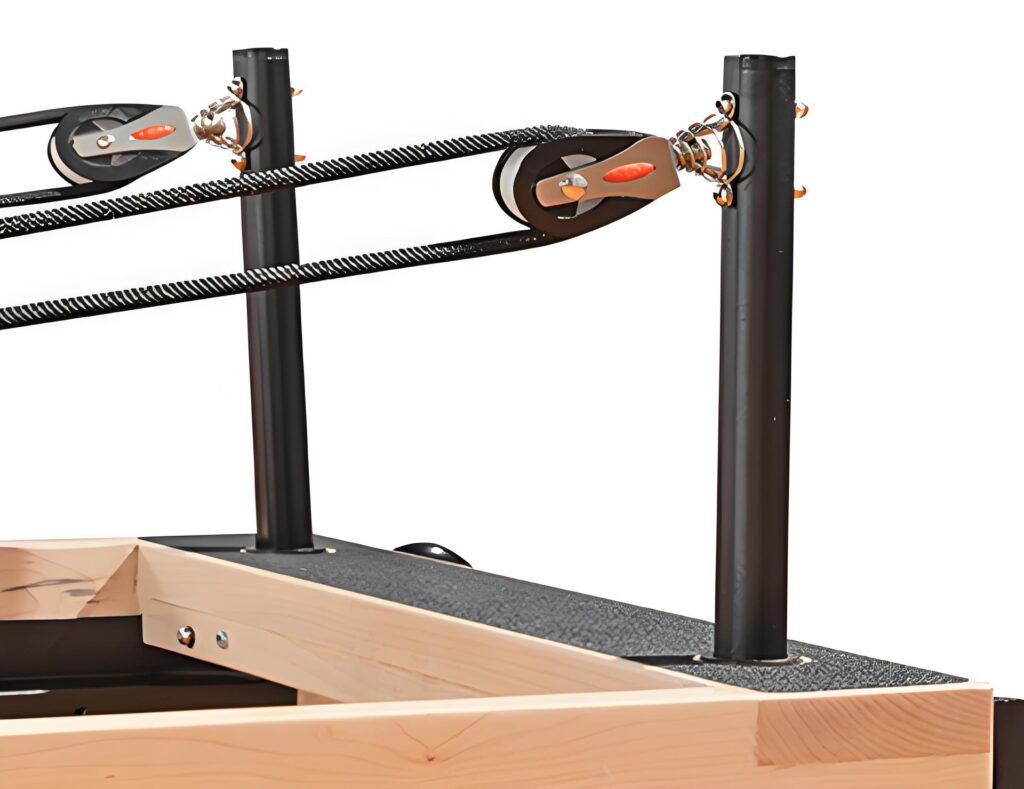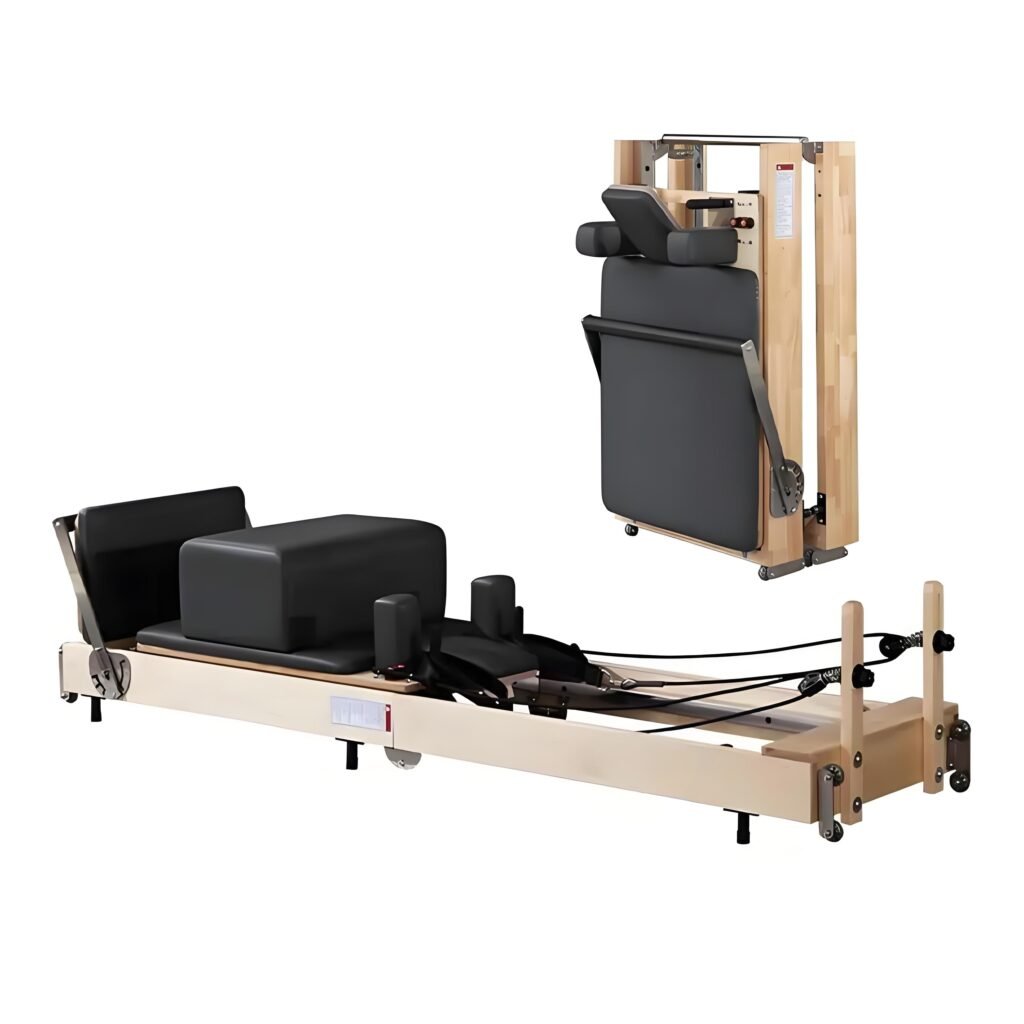
Answers to common questions for Pilates beginners
The core of Pilates is “control and precision” rather than high-intensity exercise. For beginners, the spring resistance system of the Pilates Reformer can achieve progressive training by adjusting the difficulty. For example, the slide design of the Pilates bed can assist in completing the movements and reduce joint pressure. It is recommended to start with private lessons to master basic breathing and core activation techniques.
Clinical studies have shown that continuous Reformer Pilates training can significantly improve problems such as rounded shoulders and anterior pelvic tilt. The principle is to strengthen deep muscle groups (such as multifidus and transverse abdominal muscles) and perform anti-rotation training through the spring resistance of the Pilates machine. For example, the “Swan Dive” movement can specifically open the chest and correct hunchback.
Comparative analysis of Pilates and other sports
Although the “best fat loss exercise” varies from person to person, the compound movements of the Pilates reformer machine can increase metabolic rate for up to 48 hours. Data from Harvard Medical School shows that 1 hour of machine Pilates consumes an average of 250-400 calories, and combined with diet control can effectively reduce visceral fat.
- Functional differences: Yoga focuses on flexibility and mental relaxation, while the Reformer uses spring resistance to achieve dynamic strength training.
- Equipment advantages: The sliding track of the Pilates bed can expand the range of motion and is suitable for rehabilitation training.
- Applicable population: Low-impact Reformer training is more recommended for patients with lumbar disc herniation.
Core advantages and limitations of Pilates reformers
- Precise shaping: Spring system provides 4-5 levels of resistance to achieve eccentric muscle contraction
- Low risk of injury: Sliding bed design reduces joint impact (compared to traditional weight training)
- Versatility: One Pilates reformer machine can perform 500+ variations
- Rehabilitation-friendly: Physical therapists often use Reformers for postoperative recovery
- Space-efficient: Folding design is suitable for home gyms
Long learning curve → Choose a model with video tutorials
High initial investment → Recommend Raetin Pilates Bed, pay attention to the second-hand Pilates reformer for sale market
Limited muscle growth → Use with resistance training
Scientific training plan and expected results
- Within 3 weeks: Core muscle endurance increased by 30% (NASM research data)
- 8-12 weeks: Significant improvement in posture, waist reduction of 2-5cm
- 6 months+: Bone density increased by 1.5% (clinical trial)
- Monday: Reformer core sequence (100 breaths + Teaser variation)
- Wednesday: Spring resistance lower limb training (Footwork series + side kick)
- Friday: Spinal flexibility special (Swan + Elephant action group)
Buying guide for Pilates reformers
Frame material
- Entry-level: Oak/Aviation aluminum
- Professional: Stainless steel + hard maple
Spring resistance level
- Entry level: 3-4 levels
- Professional: 5-6 levels adjustable
Additional functions
- Entry level: Basic springboard
- Professional: Adjustable shoulder support + spinal corrector
Price Range
- Entry level: 1,500−3,000$
- Professional: 5,000$+
Raetin Pilates reformer
- Entry level: 1000-2000$
- Professional: 3000$+
Contact Raetin to select the required style, material, function, etc., and get the latest quotation!
- Certification standards: Must pass ASTM F2276 safety test
- Size adaptation: Home models are recommended to have a length of ≥190cm (such as Raetin Pilates folding model)
In Conclusion
Whether you want to improve your posture, strengthen your core, or seek a low-impact training program, Raetin Pilates Reformer can provide a scientific solution. When choosing a pilates reformer for sale, be sure to match the model parameters according to your needs. Explore our curated list of the Best Reformer Pilates Machines today and start your Pilates evolution.

